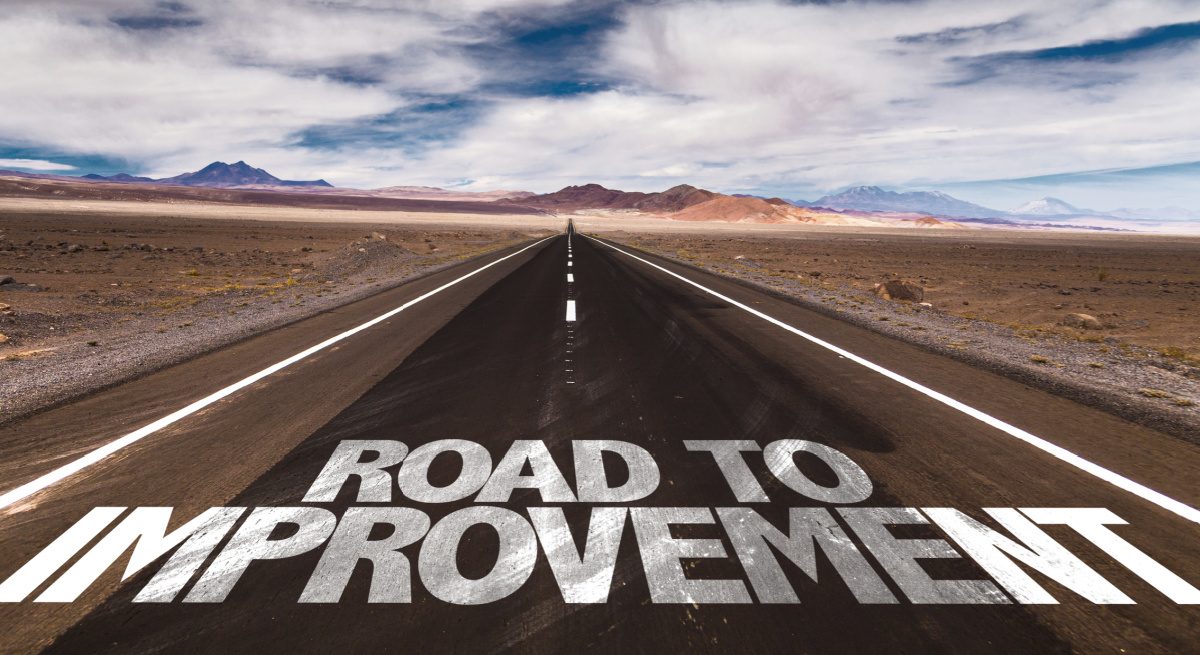How to Weigh Investments in 2022: Your Three-Question Litmus Test
4 Min Read By Izzy Kharasch
Making solid financial decisions in the restaurant/hospitality business has never been easy, but these days, it’s harder than ever.
Back in the old days (two years ago), we had a predictable flow of business. We knew how many people to expect on the weekends and during the week. Prices for raw products were consistent, and while there were fluctuations, it was nothing like today. Now, meat can jump by more than $1 per pound in just a few days.
Remember when you would place an order—and the next day, it would arrive as planned? Today, my customers’ orders are short by as much as 10%. And unfortunately, they don’t find out until delivery.
Since the pandemic started, I’ve been working with restaurant owners from New York to California, weighing how to invest their PPP dollars and hard-earned restaurant funds. During this time, I developed a three-question litmus test.
Let’s review the litmus test and apply it to some real-world investments my clients have considered, as well as my recommendations for each.
The Restaurant Investment Litmus Test: Three Questions to Ask
As we find our way through this new, more volatile reality, it’s important to keep the decision-making process as straightforward and fact-based as possible. Most restaurants can’t afford to make investment mistakes. Therefore, the three key questions to ask are:
- Will this investment increase our revenue?
- Will this investment increase our efficiencies?
- Will this investment lower our costs?
Answering these will tell you all need to know. Here’s some real examples that may help you with your own decision-making.
Putting Potential Investments to the Test
Investment #1: Paint the Restaurant’s Exterior a New Color – Cost: $8,000
One client believed that painting the outside of his restaurant a vibrant new color would draw customers’ eyes and bring more people in.
Recommendation: DON’T DO IT! A new paint color is unlikely to bring in enough new guests to offset the expense. It will not improve efficiency and it will raise, not lower, costs.
Investment #2: Install a Large Monitor to Showcase Restaurant Features – Cost: $1,000
Another client thought that showcasing his dishes, menu, events, etc. via photos flashed on a large indoor monitor would excite customers into spending more.
Recommendation: DON’T DO IT! The customers are already in your restaurant, where they can experience the menu and taste your food firsthand. This purchase won’t increase revenues or efficiencies, but will create additional costs. Alternative: apply the idea to social media—i.e., post those great photos on Instagram, Facebook, etc., where it may attract new customers to your door.
Investment #3: Expand the Storeroom – Cost: $5,000
This client wanted to build out her storeroom, because in the existing tight space, liquor could not be secured (and was disappearing). In addition, because staff movement was restricted, product rotation was poor.
Recommendation: DO IT! Beverage costs will decrease significantly once liquor is secured, and rotating food products properly is a health and safety issue.
Investment #4: Add a Walk-in Cooler – Cost: $12,000
At this restaurant, lack of cooler space required smaller, frequent, higher-priced food deliveries—and perishables were harder to store and find.
Recommendation: DO IT! Larger, fewer delivers will very likely lower food costs—and labor costs will decrease as well, since there’s less to put away. Efficiency will improve, because foods are easier to store and grab quickly.
Investment #5: Install a New Wood Floor – Cost: $8,000
This restauranteur wanted to install new flooring for cosmetic reasons—not due to a maintenance issue.
Recommendation: DON’T DO IT! New flooring won’t attract customers or boost check size, but would be costly. DO consider less expensive options, such as refinishing an existing hardwood floor or cleaning and regrouting a tile one. In other words, go for the same effect, but at a much lower price.
Investment #6: Hire a New Manager – Salary: $52,000
In this restaurant, the current managers were working 65+ hours a week. As a result, staff was unmotivated, turnover was soaring, and food and beverage costs were out of control.
Recommendation: Do it! The managers are burning out and in danger of quitting. Staff is unhappy because their bosses are too overwhelmed to manage properly. And costs are unnecessarily high because no one has time to attend the financials. Tip: whenever you find a great manager, hire them immediately!
Thinking Strategically in 2022
I’ve been in this industry 30 years, but have never seen the constant bombardment of challenges that we’re faced with daily—staffing shortages, price increases, inventory problems, etc. Assuming you made it through 2020 and 2021, congratulations are in order.
As you move into 2022, using this litmus test can help you make smarter decisions without a lot of contemplation. Admittedly, not all potential investments are this clean cut. Sometimes, ROI is more complex to determine and requires more information or expertise.
However, use the test and I promise you’ll say “no” more often to spending money unwisely and “yes” more often to smart investments. Adopt the mantra “higher sales…more efficiency…and lower costs,” and you’ll come out ahead.
How to Weigh Potential Restaurant Upgrades Webinar
Join Modern Restaurant Management for an informative free webinar, featuring Izzy Kharasch of Hospitality Works, Inc. "How to Weigh Potential Restaurant Upgrades"
Don’t Spend a Cent on Improvements—Until You Know They’ll Pay Off
Tuesday, February 8
12 p.m. EST, 11 a.m. CST, 10 a.m. MST and 9 a.m. PST
If you’re like most restaurateurs, you have big ideas for making improvements in 2022. But not all projects will pay off, and you should weigh the costs and benefits before you take the plunge.
During this webinar, you’ll learn how to:
- Define your project’s scope and calculate its ROI
- Use Izzy’s three-step formula for analyzing potential investments
- Make informed decisions, setting the stage for a more profitable year
We will also work through some potential upgrades suggested by our attendees. Tell us an improvement you’re considering, and we may choose it. (Fill in the space below.)
To register, click here.


